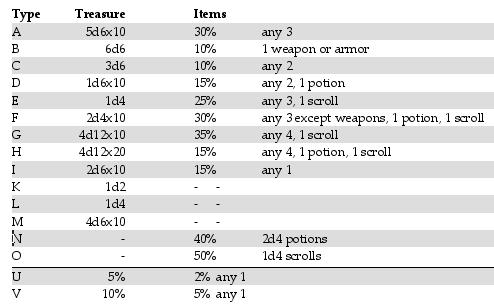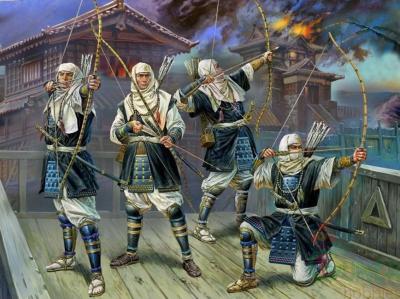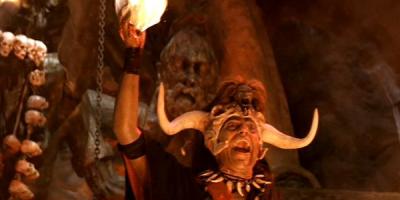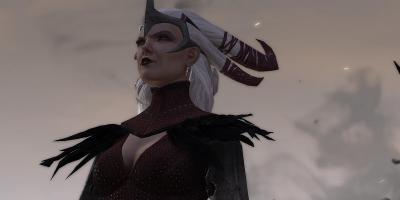As much attention is usually given to races, cities, and countries when it comes to fantasy settings, I think the most important thing that has a much bigger impact on the overall feel and dynamics of the world are the power groups and other factions that inhabit it. You rarely have dealings with a race or a country, and these don’t really have any shared goals as a whole. In a work about the politics and wars of kings and other rulers, you kind of have things happen between countries, but in practice it’s almost all happening between members of different courts, which really are just one of many types of factions. There are many classic types of generic organizations in fantasy, such as thieves guilds, wizard colleges, great churches, lorekeepers/spies, or medieval megacorporations (Forgotten Realms has a lot of those.) For the Ancient Lands, many of these standard factions don’t really work, as it’s a bronze age setting primarily inhabited by tribal people living in remote villages in the wilds. Can’t really have a thieves guild in a 200 people village or a continent spanning state church when everyone is worshiping the spirits of the land they live on. Coming up with ideas for factions that do work in such a setting was a bit challenging at first and I had been creating a number of groups that I’ve since discarded again. But taking a count of the groups I already have, I realized that this is already quite extensive and easily enough for a setting of this scale.
Druids
Probably as close as you can get to a real good guys faction. The Druids are a lose and informal association of hundreds of shamans north of the Inner Sea. Most of them belong to the elven Falden, but the influence of the group reaches to all the neighboring tribes, which includes the Eylahen, the northern and southern Skeyn, the human Vandren, and even some Brana kaas and Takari dark elves. The goal of the Druids is to fight the spread of sorcery. Sorcery is a very potent form of magic that can defy the normal rules of nature, but its use sickens the lands and all creatures that inhabit it. To the druids that price is much too high for all the great wonders sorcerers can create, and they are doing everything in their power to prevent the sorcerous arts from spreading and if possible end the practice of all sorcery in the Ancient Lands forever. While in some regions almost all shamans are affiliated with the Druids, their actual numbers are relatively low. But all of them can call upon all the warriors of their clans if they feel the need is great enough to risk the protection of their villages, which makes them potentially one of the greatest powers in the Ancient Lands. But usually most druids simply exchange information with each other and only deal with sorcery that directly threatens their homes. However, when the threat seems great, they often call together druids from neighboring clans to face the danger together, before it grows too big to be able to destroy them one by one.
Sorcerers
Sorcerers are even fewer in numbers than the Druids and have even much less organization or shared goals. Most of the time it’s just a single sorcerer and his apprentices working entirely alone, with perhaps some friendly but distant contact with other sorcerers to compare their work. As most people fear them and the Druids have a strong presence in many regions, sorcerers are usually very secretive, living in isolation from the rest of society or practicing their art in secret. Few people are able to tell the difference between a sorcerer and a reclusive, but ordinary witch, as long as they keep the destructive effects from becoming too apparent. Sorcerers are not inherently evil, but all of them are highly ambitious and at least to some degree reckless, and very well aware that many people would prefer to see them dead if they could get an opportunity. Fear of their sorcerous powers is what keeps most common people from turning against them, and most sorcerers cultivate a reputation of being very dangerous opponents.
While sorcerers usually live in secret or are feared enough to become untouchable, the elven Neshanen of Senkand are one of the very few tribes where sorcerers have some form of acceptance and often wield considerable respect and power. Almost all sorcerers come from noble families and are frequently involved in local politics and and members of courts. Unsurprisingly, the Neshanen have a somewhat doubious reputation among the other tribes, but are also among the most educated and sophisticated people who produce many of the finest goods in the Ancient Lands. And since some of that knowledge comes from the work of sorcerers, the common Neshanen are much more willing to accept their presence in their towns and cities. Continue reading “Ancient Lands: Factions”
 Type J and type P to S are not on this table as their average results are way below 100 gp.
Type J and type P to S are not on this table as their average results are way below 100 gp.








